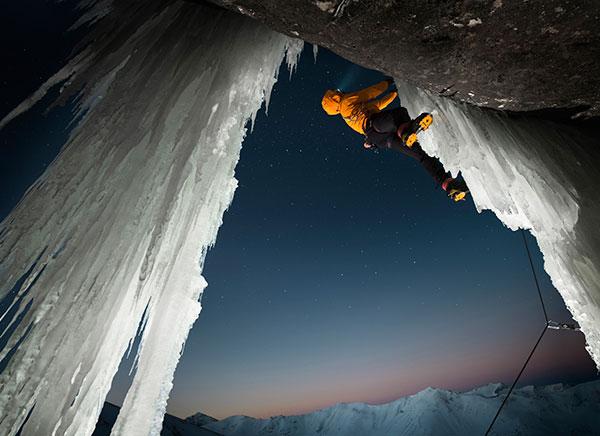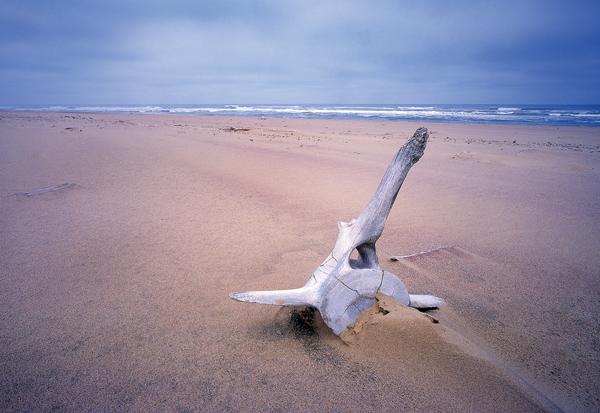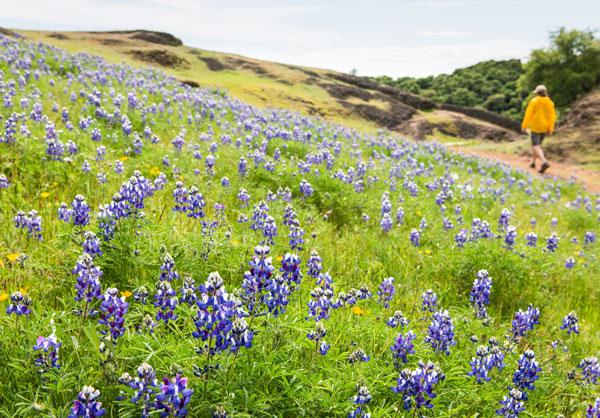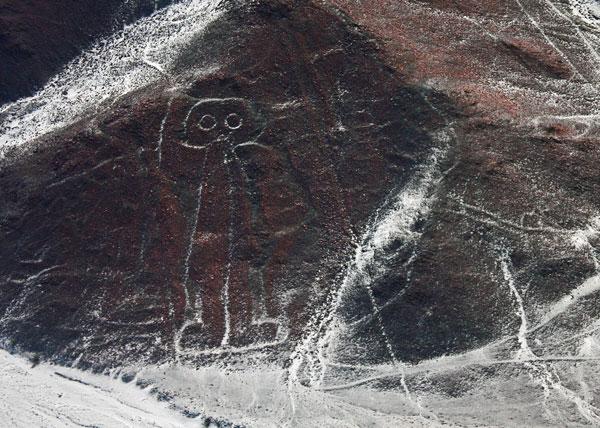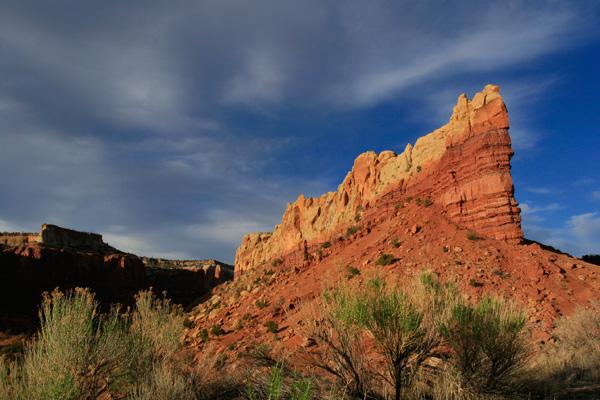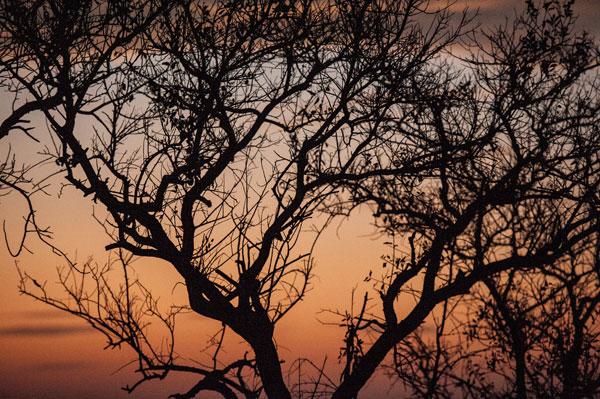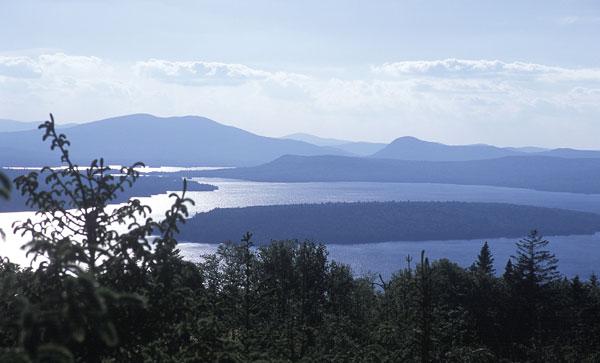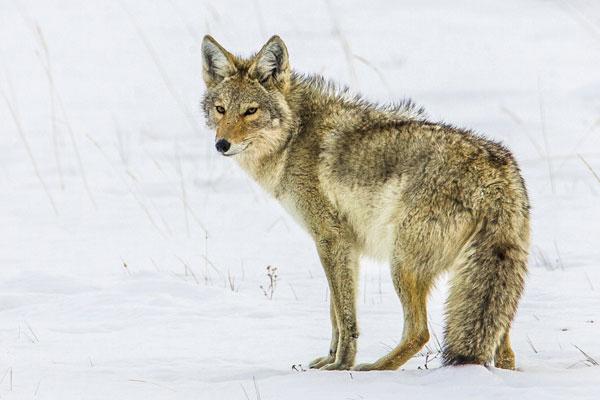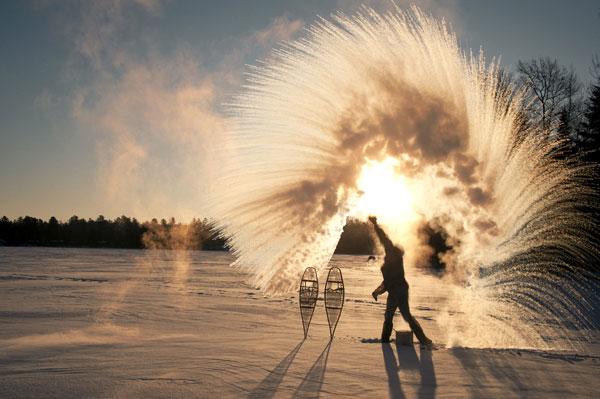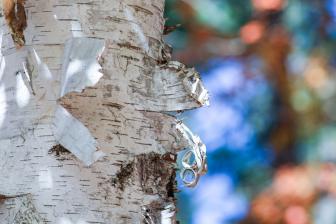Outdoor Photography How To
Sort By: Post Date TitlePublish Date
|
Jul 08, 2014 |
First Published: Jun 01, 2014 |
|
Jun 27, 2014 |
First Published: May 01, 2014 |
|
Jun 20, 2014 |
|
Jun 20, 2014 |
|
Apr 15, 2014 |
First Published: Mar 01, 2014 |
|
Mar 11, 2014 |
First Published: Jan 01, 2014 |
|
Feb 11, 2014 |
First Published: Jan 01, 2014 |
|
Feb 04, 2014 |
First Published: Dec 01, 2013 |
|
Jan 28, 2014 |
|
Jan 28, 2014 |
First Published: Dec 01, 2013 |
|
Jan 24, 2014 |
First Published: Dec 01, 2013 |
|
Jan 17, 2014 |
First Published: Feb 01, 2014 |
|
Jan 14, 2014 |
First Published: Dec 01, 2013 |
|
Jan 03, 2014 |
First Published: Nov 01, 2013 |
|
Dec 06, 2013 |
First Published: Nov 01, 2013 |
